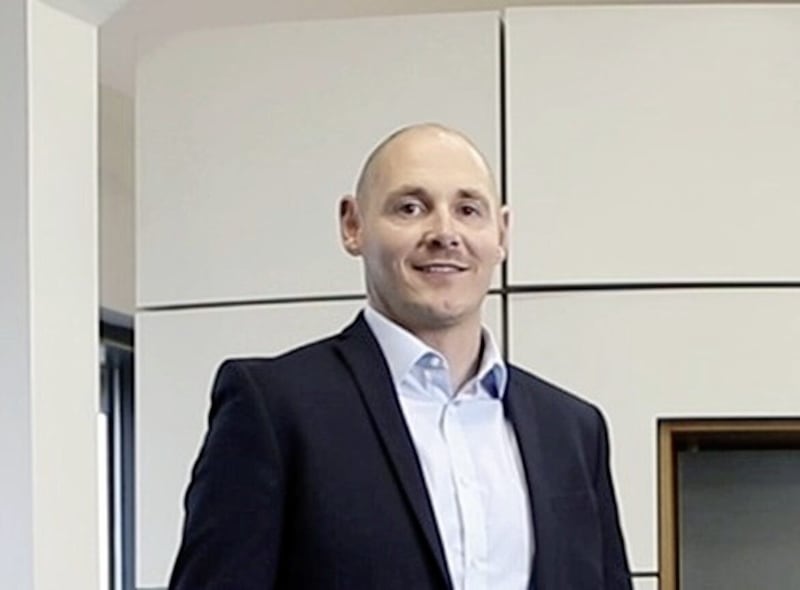QUESTION: I have recently accepted a finance role for a local film production company and I am due to start shortly. I have heard about Film Tax Relief, but have no experience in making claims, are there any details you can give me?
ANSWER: As a client working in the UK film industry, you’re in a prime position to benefit from the government’s generous tax reliefs designed to support the creative sector. Here’s a breakdown of the key reliefs available to you, recent changes to these reliefs.
The UK’s Film Tax Relief (FTR) is a vital financial incentive for film production companies. It allows companies involved in qualifying British films to claim back a portion of their production expenditure. To be eligible, films must meet several criteria, including:
- The film must pass the British Film Institute’s (BFI) cultural test or qualify as an official co-production.
- At least 10% of core expenditure must be incurred within the UK.
- Only UK production companies responsible for the majority of the film’s activities can claim this relief.
Qualifying companies can claim up to 25% of their UK core production expenditure. This relief is especially attractive for films with higher budgets, as it applies to all qualifying expenditure regardless of the total budget.
In November 2022, the UK government launched a consultation aimed at reforming audio-visual reliefs, including film tax relief, to adapt to changes in the industry and international tax frameworks.
As a result, the 2023 autumn statement confirmed that from January 1 this year, companies can opt into a new regime called the Audio-Visual Expenditure Credit (AVEC). This is the key change impacting FTR:
- Above the Line Credit: The new AVEC will function as an “above-the-line” credit, replacing the current “below-the-line” mechanism. This mirrors the research and development expenditure credit (RDEC) model, making the credit taxable but increasing the headline rate from 25% to 34%.
- Transition Period: Productions can continue to use the existing FTR for expenditure incurred until 31 March 2027, but any new productions (starting principal photography post-April 2025) will need to apply the new AVEC regime.
- Enhanced Animation and Children’s TV Rate: Animation and children’s TV productions, which might overlap with certain film projects, can benefit from an enhanced rate of 39%.

For productions that span across the transition period, careful planning will be required to maximise the benefits of the existing regime before switching to the new credits.
Shane Martin (shane.martin@aabgroup.com) is director at AAB Group Accountants (www.aabgroup.com). The advice in this column is specific to the facts surrounding the question posed. Neither The Irish News nor the contributors accept any liability for any direct or indirect loss arising from any reliance placed on replies.








